Over the years, medical innovations have dramatically transformed the healthcare landscape, saving lives and improving the quality of care for millions. From life-saving treatments to revolutionary diagnostic tools, these breakthroughs have reshaped how we approach illness and injury. Each innovation on this list has left a lasting impact, not only by advancing medical science but also by making healthcare more accessible and effective. These advancements have set the foundation for modern medicine, continuing to influence new discoveries and technologies. In many cases, they have turned previously fatal conditions into manageable, treatable ones. Here are 20 medical breakthroughs that forever changed healthcare.
Penicillin
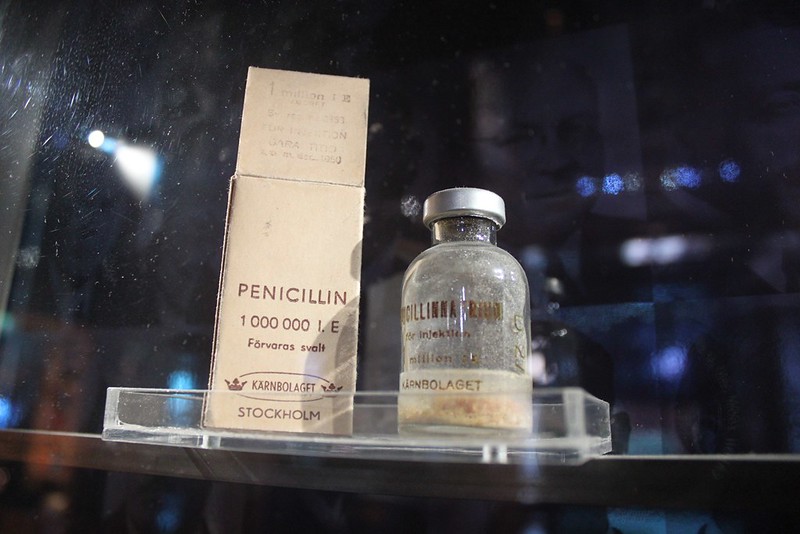
Discovered by Alexander Fleming in 1928, penicillin revolutionized the treatment of bacterial infections. It was the first antibiotic that effectively fought deadly bacteria, saving millions of lives. During World War II, it became mass-produced, significantly reducing the death toll from infections. The impact of penicillin paved the way for the development of other antibiotics. Without this discovery, even minor infections could have been fatal. Its legacy continues as it remains a cornerstone in modern medicine.
Insulin Therapy

Before insulin was discovered in 1921, diabetes was often a death sentence. Canadian scientists Frederick Banting and Charles Best isolated insulin, providing a way to regulate blood sugar levels in diabetic patients. This breakthrough transformed diabetes from a fatal condition to a manageable one. Insulin therapy has evolved over the decades, with synthetic insulin now available in various forms. It remains vital for millions worldwide, improving both their life expectancy and quality of life. The discovery marked a turning point in endocrinology.
The Polio Vaccine

In 1955, Jonas Salk introduced the world to the polio vaccine, which would change global public health forever. Polio had caused widespread paralysis and death, primarily affecting children. Salk’s vaccine virtually eradicated the disease in many parts of the world. Later, an oral version developed by Albert Sabin further facilitated global distribution. Together, these vaccines led to the near-global eradication of polio. It stands as one of the most successful vaccination campaigns in history.
X-rays

Discovered by Wilhelm Roentgen in 1895, X-rays allowed doctors to peer inside the human body without surgery for the first time. This non-invasive technique transformed diagnostics by helping to detect fractures, tumors, and internal issues. Before X-rays, diagnosing such conditions required guesswork or risky exploratory surgery. Today, they are used in everything from dental exams to cancer detection. The technology continues to evolve, with the development of more advanced imaging techniques like CT scans. X-rays opened a new era in medical diagnostics.
Organ Transplants
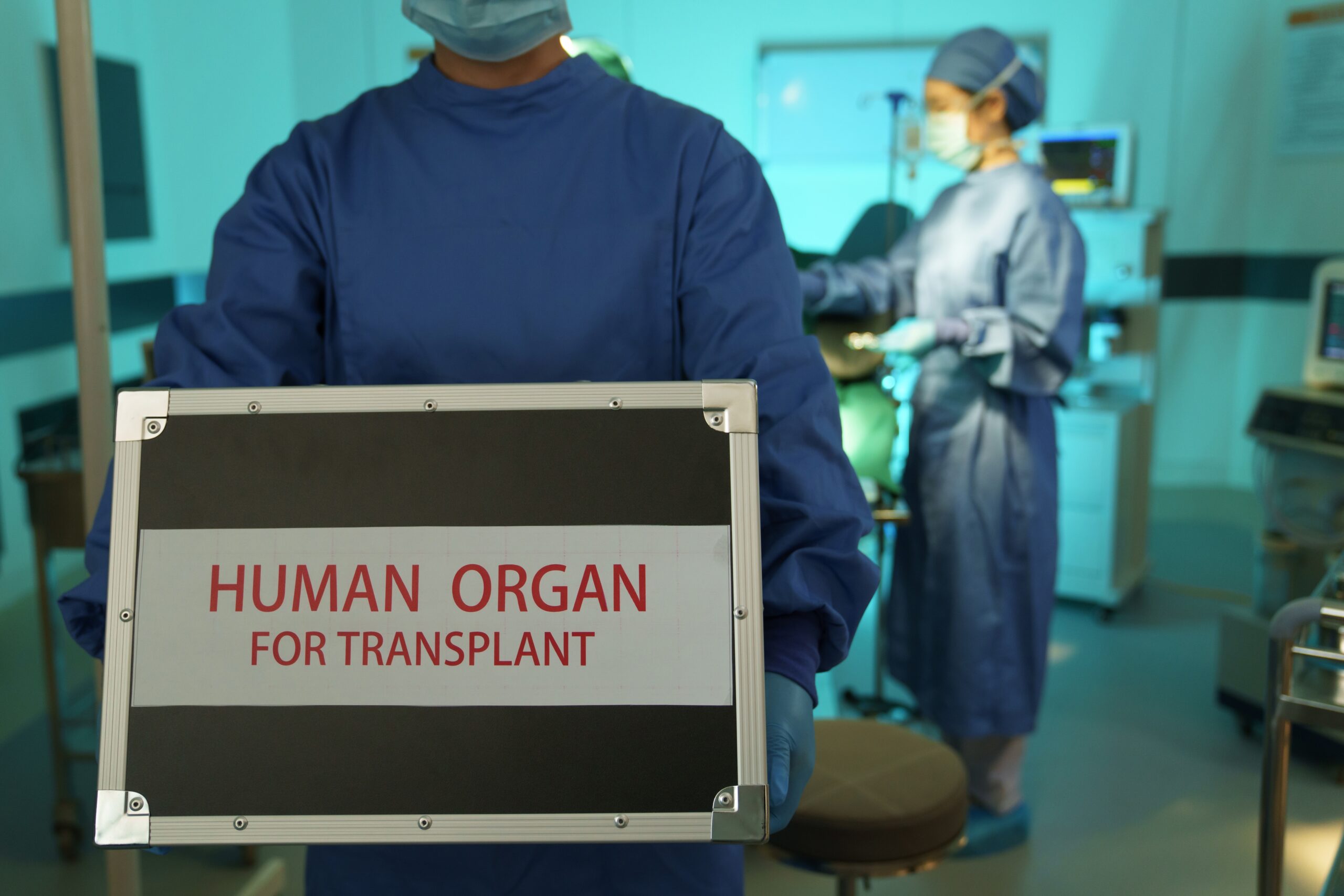
The first successful organ transplant, a kidney, occurred in 1954, performed by Dr. Joseph Murray. This groundbreaking surgery demonstrated that organs could be transplanted from one person to another, providing a solution for organ failure. Since then, advances in immunosuppressive drugs and surgical techniques have made transplants safer and more effective. Transplantation has since expanded to include hearts, lungs, and even faces. Today, thousands of lives are saved annually through organ transplants. It remains a pivotal area of medical innovation and research.
MRI (Magnetic Resonance Imaging)
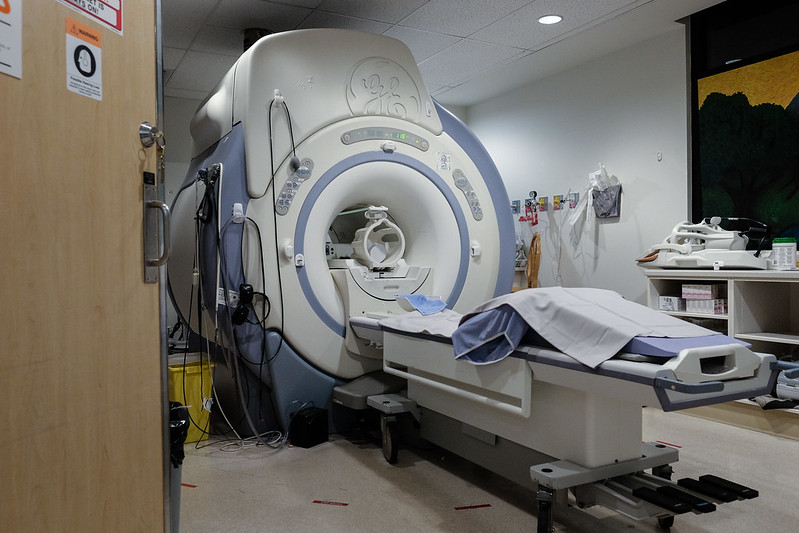
First developed in the 1970s, MRI revolutionized imaging by offering highly detailed views of soft tissues, unlike X-rays. It uses strong magnets and radio waves to create images, allowing for the early detection of abnormalities like tumors, brain disorders, and internal injuries. Unlike some other imaging technologies, MRIs do not expose patients to ionizing radiation. This makes it a safer alternative for certain populations, such as pregnant women and children. Its ability to provide detailed images in multiple planes makes it invaluable. MRIs are now integral to modern medical diagnostics.
Minimally Invasive Surgery
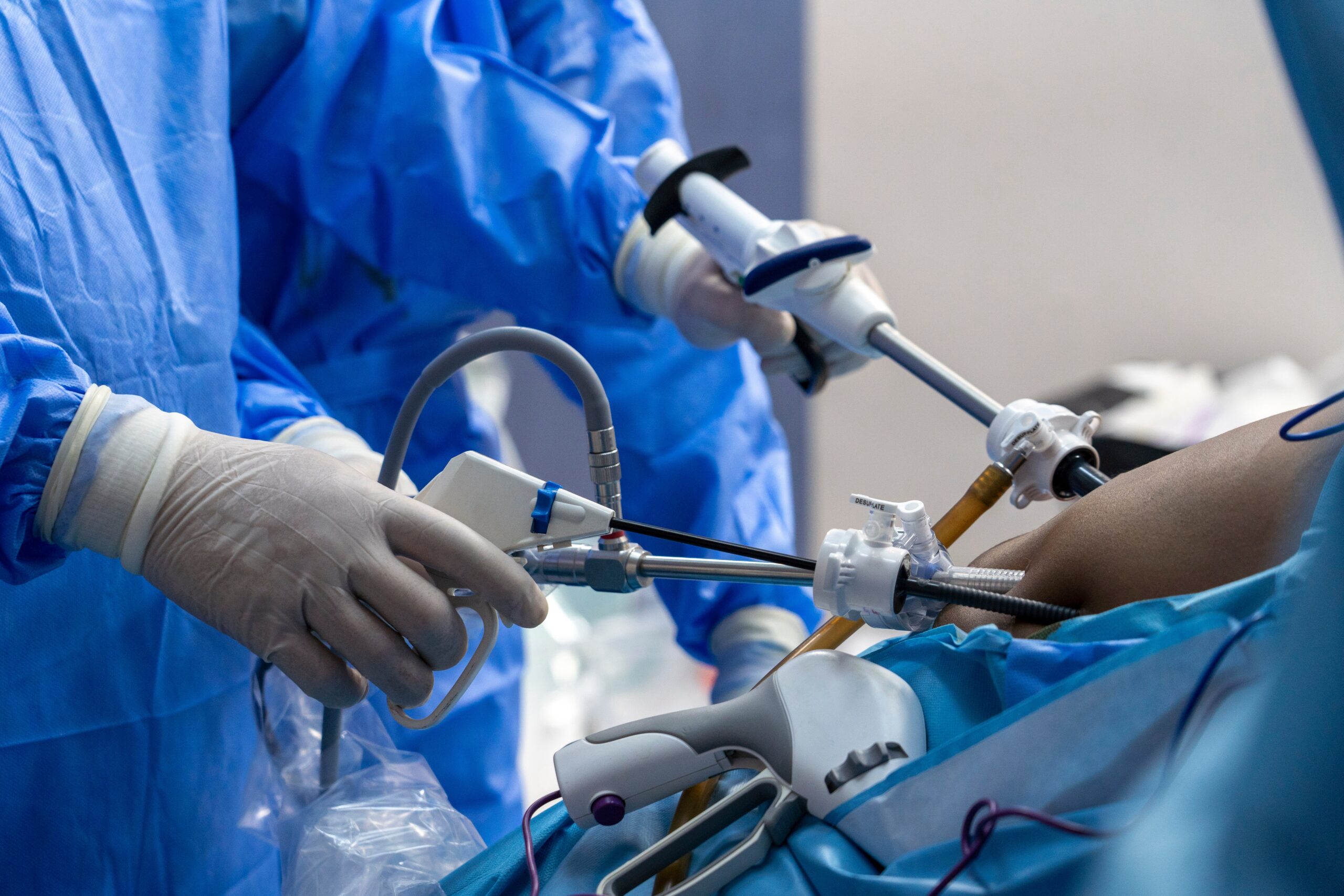
Minimally invasive surgery, including techniques like laparoscopy, changed surgery forever by reducing recovery times and minimizing scarring. First widely adopted in the 1980s, it allowed doctors to perform surgeries with small incisions rather than large cuts. This approach led to fewer complications, less pain, and faster recovery for patients. It has become particularly essential in procedures like gallbladder removal and joint repairs. Robotic surgery, an offshoot of this innovation, allows even more precise and delicate interventions. These advancements have reshaped the entire field of surgery.
Artificial Heart
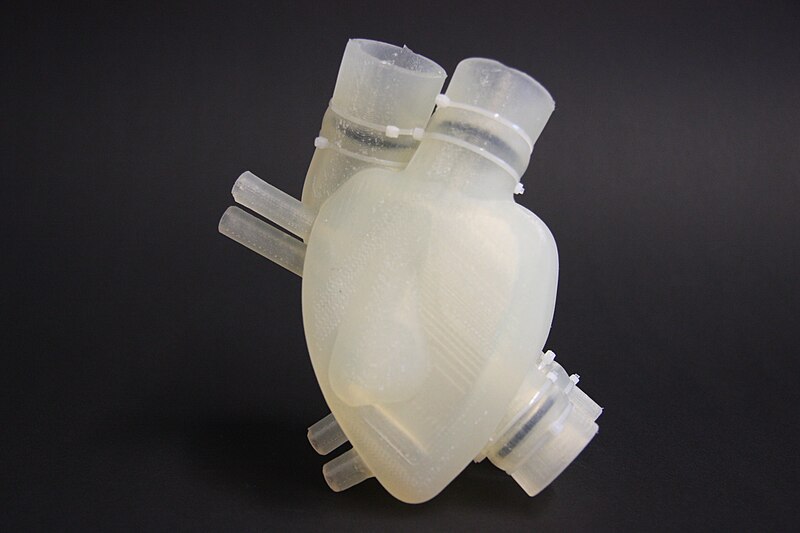
In 1982, Dr. Barney Clark became the first person to receive a permanent artificial heart, developed by Dr. Robert Jarvik. Although Clark survived for only 112 days, this breakthrough demonstrated that mechanical devices could potentially replace failing human hearts. Since then, the technology has improved dramatically, extending the lives of those waiting for heart transplants. The artificial heart has since evolved into a more compact and efficient device. It offers a lifeline for patients who are otherwise out of options. This innovation paved the way for other mechanical assist devices.
The Discovery of DNA Structure
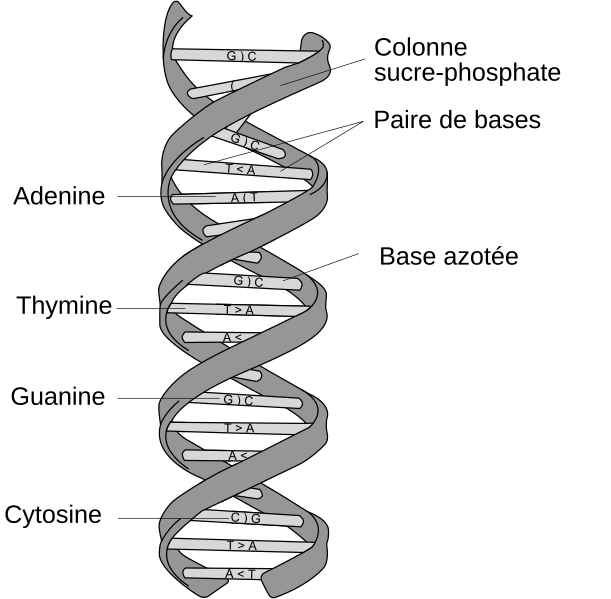
In 1953, James Watson and Francis Crick revealed the double-helix structure of DNA, which would become the foundation for modern genetics. Understanding DNA’s structure opened new pathways for medical science, including gene therapy, genetic testing, and personalized medicine. This discovery has enabled the identification of genetic diseases, making early intervention possible. Additionally, the Human Genome Project, completed in 2003, further expanded our understanding of genetic influences on health. Today, DNA-based technologies are integral to areas like forensic science and ancestry tracking. The implications of this discovery continue to evolve in new and unexpected ways.
Chemotherapy

Chemotherapy, introduced in the 1940s, provided the first systemic treatment option for cancer. Initially, it was developed from nitrogen mustard, a chemical weapon, but soon became a powerful tool in combating cancer. This breakthrough allowed doctors to treat cancerous cells throughout the body, unlike surgery or radiation, which were localized treatments. While chemotherapy has harsh side effects, it has saved millions of lives. Over the years, more targeted and less toxic chemotherapy drugs have been developed. It remains one of the most commonly used cancer treatments today.
Vaccination

Vaccination, pioneered by Edward Jenner in 1796, marked the beginning of preventive medicine. His smallpox vaccine led to the global eradication of the disease, which had killed millions. Vaccines work by priming the immune system to recognize and fight specific pathogens, preventing illness. Since Jenner’s time, vaccines have been developed for diseases like measles, mumps, and influenza. Today, vaccines remain the most effective way to prevent widespread outbreaks. Their role in public health continues to be a cornerstone of modern medicine.
Ultrasound

First used in the 1950s, ultrasound technology allowed doctors to visualize the inside of the body using sound waves. Most famously, it provided expectant parents with images of their unborn child, but its uses extend beyond obstetrics. Ultrasound is non-invasive, safe, and does not use radiation, making it ideal for various diagnostic purposes. It can detect abnormalities in the heart, liver, and other organs. The technology has become more advanced, offering 3D and even 4D imaging in some cases. It remains an indispensable diagnostic tool in modern healthcare.
The Discovery of Anesthesia
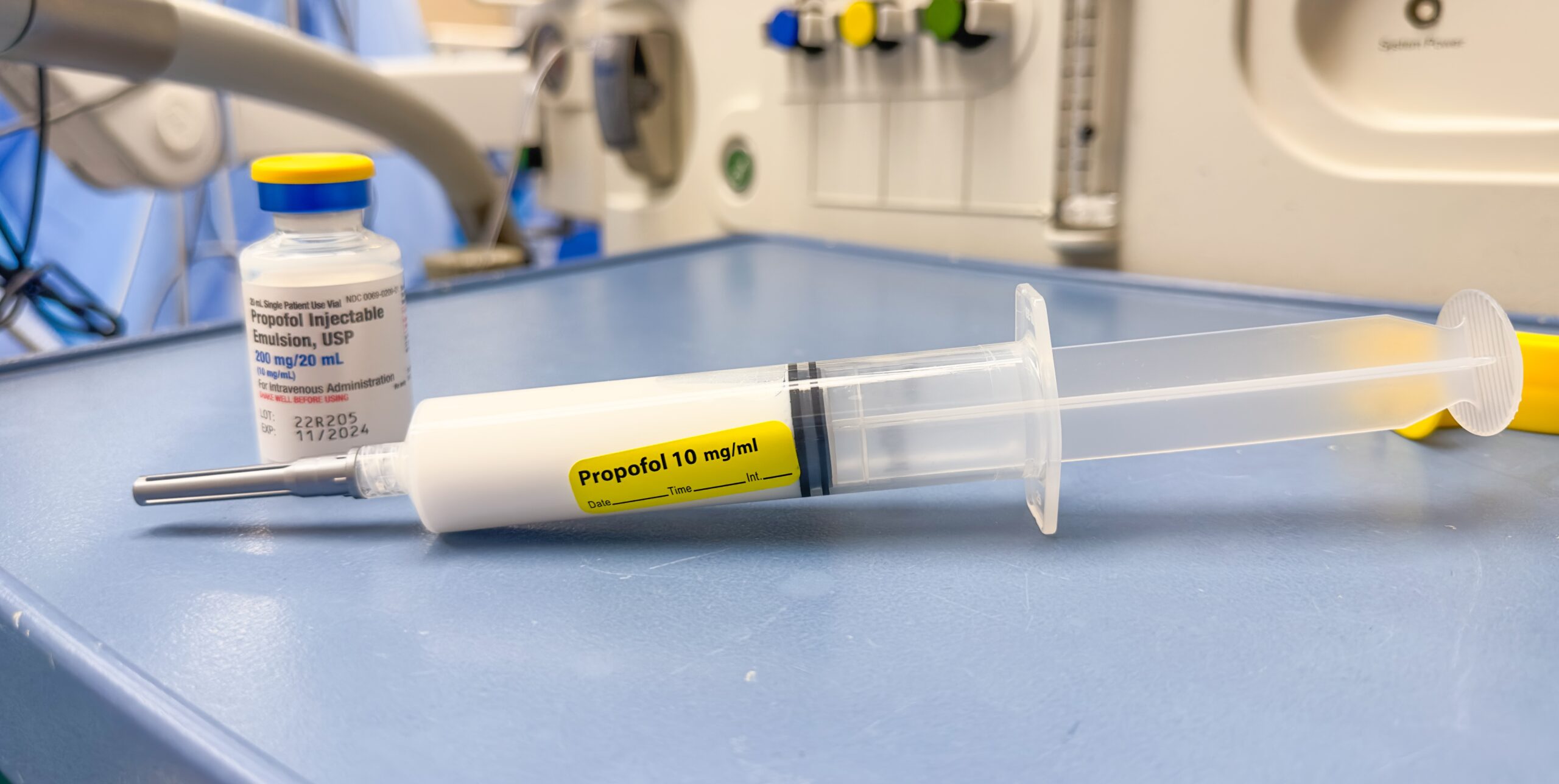
Before the advent of anesthesia, surgeries were extremely painful, and patients often went into shock from the agony. The discovery of ether as an anesthetic in 1846 changed the surgical field permanently. Anesthesia allowed complex and prolonged surgeries to be performed without the patient feeling pain. Over the years, safer and more effective anesthetic agents have been developed. Today, anesthesia is a vital part of all types of surgery, enabling procedures that would have been unthinkable in the past. It has made modern medicine safer and more humane.
Blood Transfusion
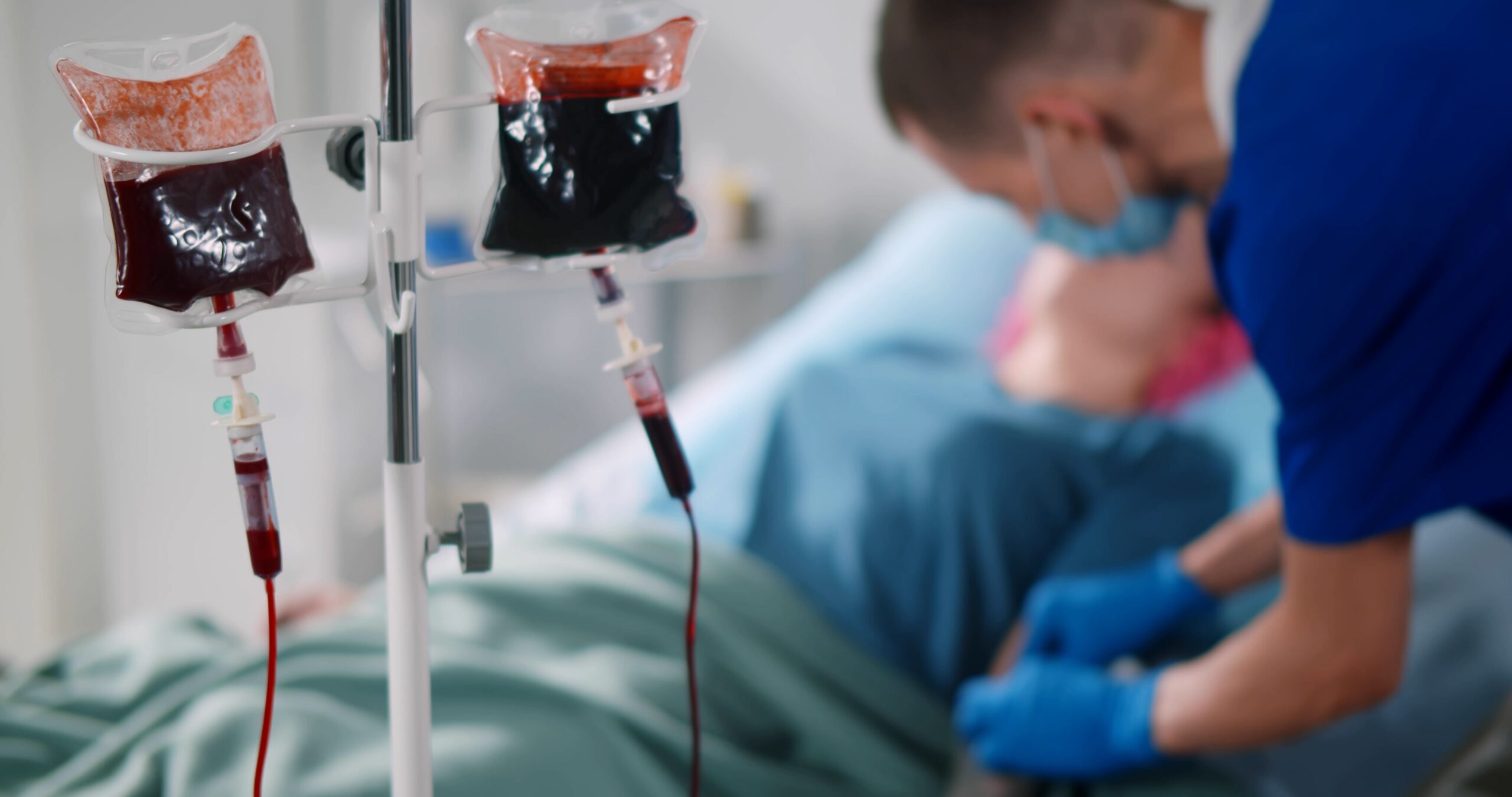
The development of blood transfusion techniques, beginning in the early 1900s, changed trauma care and surgery forever. Before this innovation, severe blood loss during surgeries or injuries often led to death. Discovering different blood types and ensuring compatibility made transfusions safer. Blood transfusion also became critical in treating conditions like anemia, cancer, and chronic diseases. Today, millions of lives are saved annually thanks to transfusions. This innovation remains a cornerstone of modern medical treatment.
Dialysis

First performed in 1943 by Dutch physician Willem Kolff, dialysis has been a lifesaver for patients with kidney failure. The procedure mimics the filtering function of healthy kidneys, removing waste and excess fluids from the bloodstream. Without dialysis, patients with severe kidney issues would not survive. This medical innovation allowed many patients to live longer, healthier lives while awaiting transplants or as a permanent treatment. Over the decades, dialysis machines have become more advanced, portable, and efficient. It continues to be a crucial treatment for those with renal issues.
Cochlear Implants
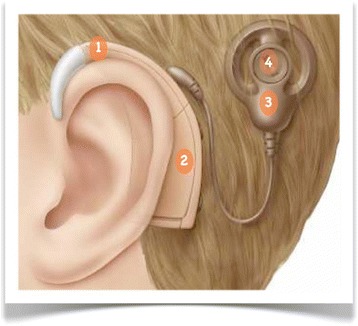
Introduced in the 1970s, cochlear implants allowed people with severe hearing loss to hear sounds for the first time. Unlike hearing aids, which amplify sound, cochlear implants bypass damaged parts of the ear and directly stimulate the auditory nerve. This technology has changed the lives of many by restoring their ability to hear and communicate. Over the years, the devices have become smaller, more efficient, and more effective. Cochlear implants are especially transformative for children born with hearing impairments. This innovation continues to bridge the gap between silence and sound for many.
In Vitro Fertilization (IVF)
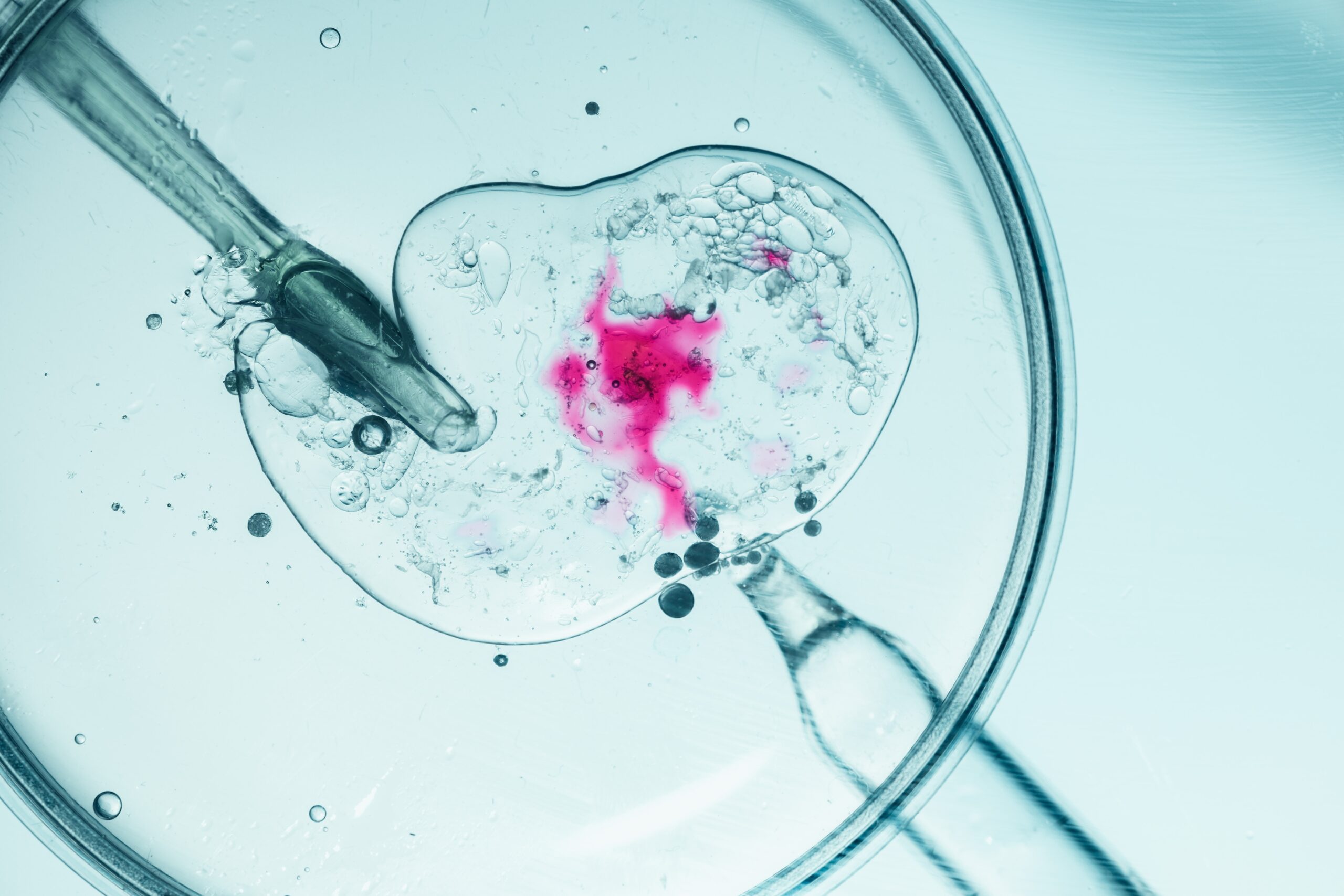
The birth of the first “test-tube baby” in 1978 marked a significant breakthrough in reproductive medicine. In vitro fertilization (IVF) offered hope to couples struggling with infertility, allowing eggs to be fertilized outside the body. This procedure has since enabled millions of people to have children, overcoming various reproductive issues. While IVF was initially controversial, it has become widely accepted and increasingly successful. Techniques continue to improve, with advancements like genetic screening and embryo freezing further enhancing outcomes. IVF is now a routine part of fertility treatment worldwide.
HIV Antiretroviral Therapy (ART)

Antiretroviral therapy (ART) for HIV/AIDS was developed in the 1990s, providing the first effective treatment for the disease. Before ART, an HIV diagnosis was considered a death sentence. These drugs work by suppressing the virus, preventing it from replicating, and slowing the progression of the disease. While not a cure, ART has transformed HIV into a manageable chronic condition. Patients on ART can live long, healthy lives with a near-normal life expectancy. This therapy remains a monumental achievement in the fight against infectious diseases.
The Pacemaker
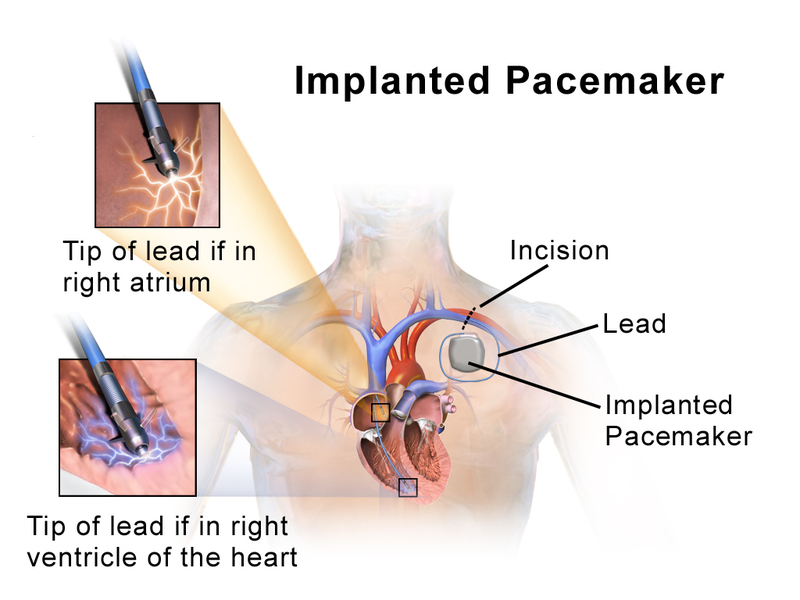
The pacemaker, first implanted in 1958, revolutionized the treatment of heart arrhythmias. It uses electrical impulses to regulate heartbeats, preventing dangerous slowdowns that can lead to cardiac arrest. Since its introduction, the pacemaker has saved millions of lives by ensuring a steady heart rate. Modern pacemakers are smaller, more durable, and even adjustable remotely. This device has also paved the way for further cardiac innovations like defibrillators. Pacemakers remain critical for managing heart conditions and improving quality of life.
CRISPR Gene Editing
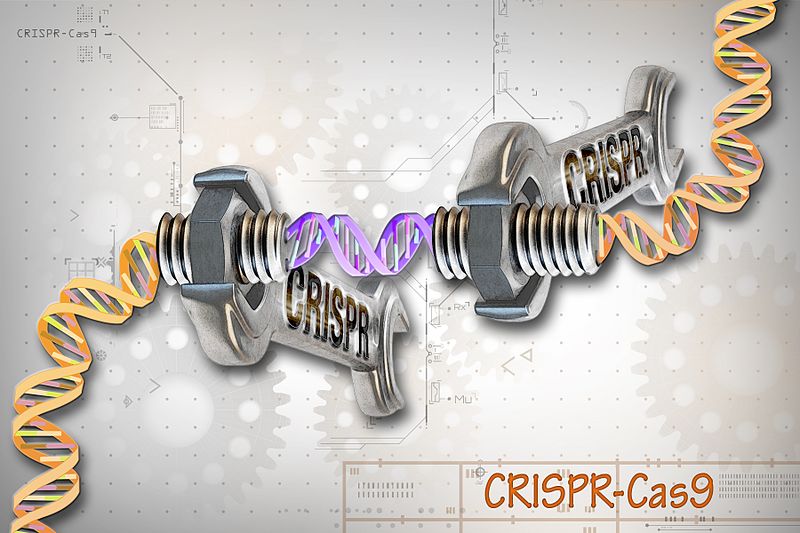
CRISPR technology, introduced in the 2010s, has opened up new possibilities in genetic medicine. This tool allows scientists to edit specific parts of the genome, offering potential treatments for genetic disorders, cancer, and even viral infections. While still in its early stages, CRISPR has already shown promising results in clinical trials. It offers the potential to correct harmful mutations at their source, a previously unimaginable feat. The ethical implications of gene editing continue to be debated, but its potential is undeniable. CRISPR is likely to shape the future of medicine in profound ways.
This article originally appeared on Rarest.org.
More From Rarest.Org
Athletes constantly look for new ways to improve their performance. Traditional training methods are often paired with unconventional techniques to reach peak potential. Read more.
The deepest parts of the ocean are home to some of the most mysterious and fascinating creatures on Earth. These rare marine species have adapted to survive in the pitch-black, high-pressure environment of ocean trenches. Read more.
Vintage fire trucks are a fascinating glimpse into the history of firefighting. From their bold designs to their innovative features, these rare machines showcase the evolution of fire safety technology. Read more.



